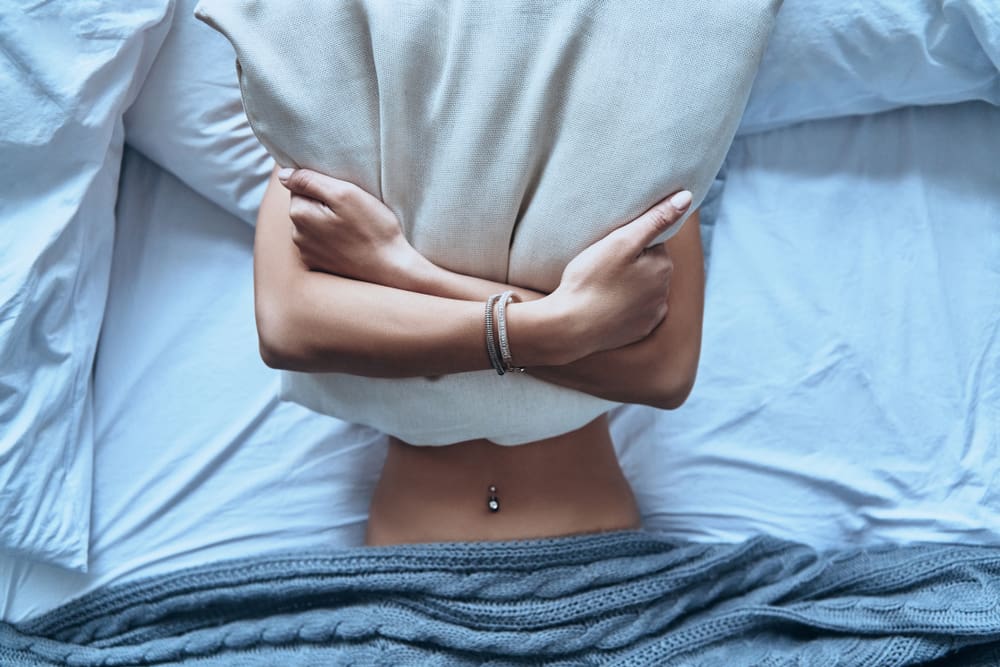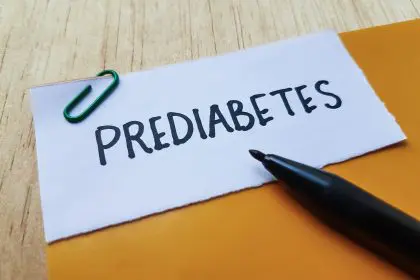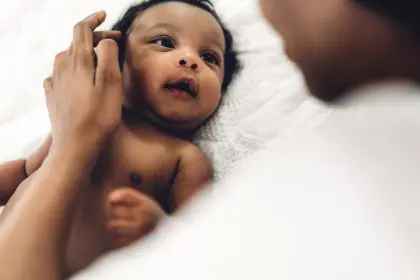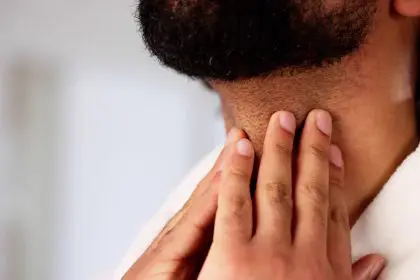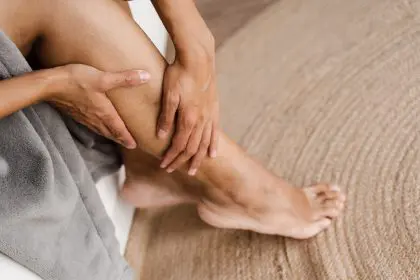Ever caught yourself absentmindedly poking at your bellybutton while watching TV? That little dimple might be more than just a reminder of your birth — it could actually be dropping hints about what’s happening inside your gut. And no, we’re not making this stuff up.
The unexpected connection between navels and digestion
Your bellybutton and your digestive system go way back — like, all the way back to before you were born. When you were hanging out in your mom’s womb, your umbilical cord connected right at that spot, delivering all the nutrients you needed. After birth, that connection point healed and left you with that cute (or not-so-cute) little indentation.
But here’s where things get interesting. The tissue and nerves around your bellybutton maintain connections to your internal organs, especially your digestive tract. Think of your navel as a sort of ancient USB port — it’s no longer actively used for data transfer, but the wiring is still somewhat in place.
What your bellybutton shape might be trying to tell you
About 90% of people have an “innie” bellybutton, where the navel tissue folds inward. If you have a deep innie that seems to collect lint (yep, bellybutton lint is a thing), you might want to pay extra attention. These deeper crevices can harbor bacteria that, in some people, might contribute to digestive discomfort.
Outies, those bellybuttons that protrude outward, occur in about 10% of people. Contrary to popular belief, they’re not formed by how the doctor cut the umbilical cord — they’re usually the result of a small umbilical hernia that happened when you were a baby. If you have an outie and experience digestive issues like bloating, gas, or irregular bowel movements, there might be a connection worth exploring.
Some folks have a bellybutton that’s neither distinctly an innie nor an outie — it’s more like a flat surface with a slight depression. These “hybrid” navels might be associated with more balanced digestive function, according to some holistic health perspectives.
Signs your bellybutton might be hinting at gut imbalances
Pay attention if your navel area shows these potential warning signs:
If the area around your bellybutton feels tender to the touch, especially after eating certain foods, your gut might be trying to send you a message. This tenderness could indicate inflammation somewhere along your digestive tract.
Has your bellybutton suddenly changed shape, color, or started feeling different? While some changes are normal (like during pregnancy), unexpected shifts might coincide with digestive disturbances. A suddenly protruding navel could signal increased internal pressure from bloating or other gut issues.
Notice how your navel looks different when you’re feeling bloated? That’s because the tissues surrounding your bellybutton are connected to your abdominal cavity. Excessive bloating can actually change how your bellybutton appears, making an innie temporarily look shallower or an outie more pronounced.
How to listen to what your bellybutton might be saying
Your navel isn’t going to start speaking in complete sentences anytime soon, but there are ways to interpret what it might be trying to tell you about your gut health:
Start paying attention to any correlations between digestive symptoms and changes in how your bellybutton looks or feels. Do certain foods make your navel area feel tender? Does your bellybutton look different when you’re constipated? These patterns might reveal connections worth exploring with a healthcare provider.
Your bellybutton hosts a unique microbiome all its own. Keeping it clean helps prevent bacterial overgrowth that could potentially influence nearby tissues. However, being too aggressive with cleaning might disrupt the natural balance. A gentle wash with mild soap during showers is usually sufficient.
In traditional medicine systems like Traditional Chinese Medicine and Ayurveda, the navel is considered an important energy center connected to digestion. Some practitioners examine the bellybutton area as part of their diagnostic approach. While these perspectives aren’t fully backed by modern medical research, they offer interesting complementary viewpoints.
When to talk to a doctor about bellybutton concerns
While your bellybutton shape itself isn’t necessarily cause for medical concern, certain symptoms definitely warrant professional attention:
Sharp pain or significant tenderness around your bellybutton could indicate several conditions requiring medical attention, from umbilical hernias to appendicitis. Never ignore persistent pain in this area.
If your bellybutton is producing discharge or has developed an unusual smell that doesn’t improve with cleaning, it’s time to see a doctor. This could indicate an infection or other condition requiring treatment.
Dramatic changes in how your bellybutton looks—especially if accompanied by digestive symptoms—should be evaluated by a healthcare professional. These changes might be harmless, but they could also signal underlying issues.
Embracing your bellybutton wisdom
Your bellybutton has been with you since day one, marking the spot where you once received all your nutrients. Maybe it’s not so far-fetched to think it might still have something to say about how your body processes those nutrients now.
The next time you’re dealing with digestive issues, take a moment to check in with your navel. Is it looking or feeling different? While it’s not a crystal ball for diagnosing gut problems, your bellybutton just might offer subtle clues worth mentioning to your healthcare provider.
And hey, at the very least, this gives you a legitimate reason to poke at that tiny hole in your stomach the next time you’re binge-watching your favorite show. You’re not being weird—you’re conducting important health research!

